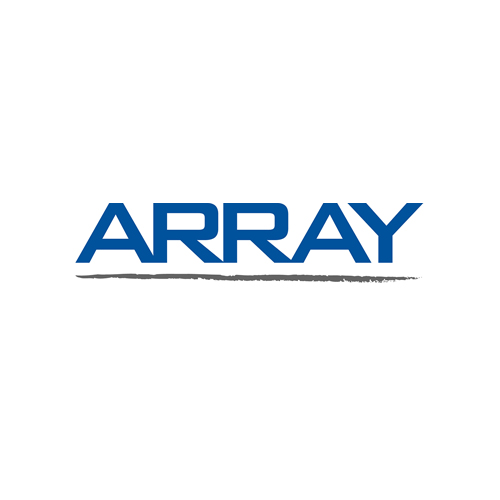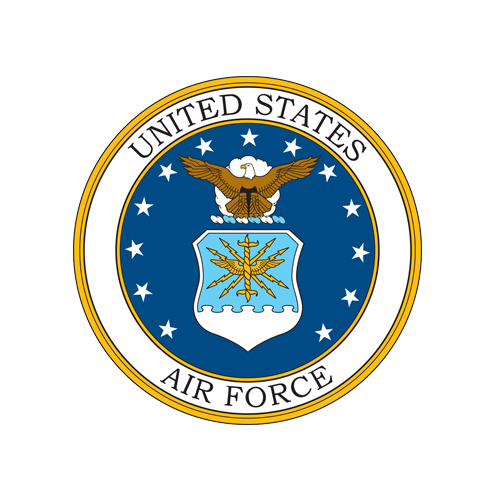
Modernized Code, Cloud-Ready
GET IN THE CLOUD FASTER WITH TSRI'S REUSABLE PROCESS AND SCALABLE SOLUTION.
TSRI's near-100% automation process transforms legacy applications to cloud-native application in AWS, Azure, OpenShift, Google Cloud, OCI, DISA, or other cloud architectures.
Our model-based solution transforms even very large (tens of millions of lines of code) legacy systems written in languages like COBOL, Fortran, ADA, MUMPS, VB6, and more than 35 other languages, into modern applications in cloud-native target architectures. The output is a multi-tier application, taking advantage of cloud utilities and scalability.
TSRI's near-100% automation process transforms legacy applications to cloud-native application in AWS, Azure, OpenShift, Google Cloud, OCI, DISA, or other cloud architectures.
Our model-based solution transforms even very large (tens of millions of lines of code) legacy systems written in languages like COBOL, Fortran, ADA, MUMPS, VB6, and more than 35 other languages, into modern applications in cloud-native target architectures. The output is a multi-tier application, taking advantage of cloud utilities and scalability.
TSRI Migration
to the Cloud
We have extensive experience in all forms of legacy code transformation, including migration to cloud services and containerization. TSRI can move the currently-modernized applications to the cloud using cloud-specific refactorings – targeting services, micro-services, and containerization.
Our migration services take a three-step approach.
Our migration services take a three-step approach.
Migrate Monolithic Applications to Service-Oriented Applications
Migration of legacy monolithic code to a service-oriented environment. This includes updating language from COBOL to Java or C#, changing databases, and refactoring to enable microservices. This step begins the process of abstracting underlying services from the application.
Migrate Service-Oriented to Native-Cloud Services
Integration of service-oriented applications with native cloud services. This could include re-orienting code from, for example, WebSphere DB2 legacy platforms to Apache Tomcat and Amazon RDS. Upgrading to incorporate the latest native architectural interfaces ensures that applications are tightly integrated with the new environment, and ensures easier updates in future.
Native-Cloud, Docker, Kubernetes and Containers, Lambda/API Gateway
Transformation of native cloud to Docker containers. The movement to containers provides additional architectural abstraction and improved integration of applications within the cloud.
Cloud Case Studies
TSRI has completed over 250+ major past projects including modernizations targeting private and public cloud architectures. We have achieved success on every past project with references available.



TSRI Advantages
Scalability & Interoperability
TSRI can help bring legacy systems into highly scalable, flexible cloud platforms.
Eliminate Unnecessary License Fees
Remove costly, proprietary runtime annual license fees by transforming to "license-fee free" Java, C++, or C# code. TSRI's transformed code carries no costly proprietary runtime fees.
Eliminate the Mainframe
Move off mainframe systems and reduce operational and maintenance (O&M) expenses. Reduce your hardware failure risk and footprint and move to high performance computing systems.
Retarget Existing Databases
While modernizing the application logic, TSRI offers customers the options of retaining the existing database or moving your database to a new target, including SQL Server, Oracle, or open source databases.
Transform Languages Simultaneously
TSRI's toolset and process allows for the simultaneous modeling and automated transformation of other languages commonly present in legacy systems.
Go from Monoliths to Microservices
With additional refactoring, TSRI can break monolithic systems into microservices. Many of these refactorings can be automated, reducing time and effort.
Reuse & Iterative Approach
Reuse of modernization and refactoring rules allows for a faster portfolio-wide modernization of your applications. These great efficiencies and reuse means less time to market, minimal business disruption due to our iterative approach, and larger economies of scale/lower modernization costs.
Eliminate Dead & Redundant Code
TSRI's model-based toolset allows for fully automated remediation of dead and redundant code, as well as the consolidation of similar statements and methods to improve maintainability. Because this process operates on the model level, functional equivalence is preserved during all refactoring.
